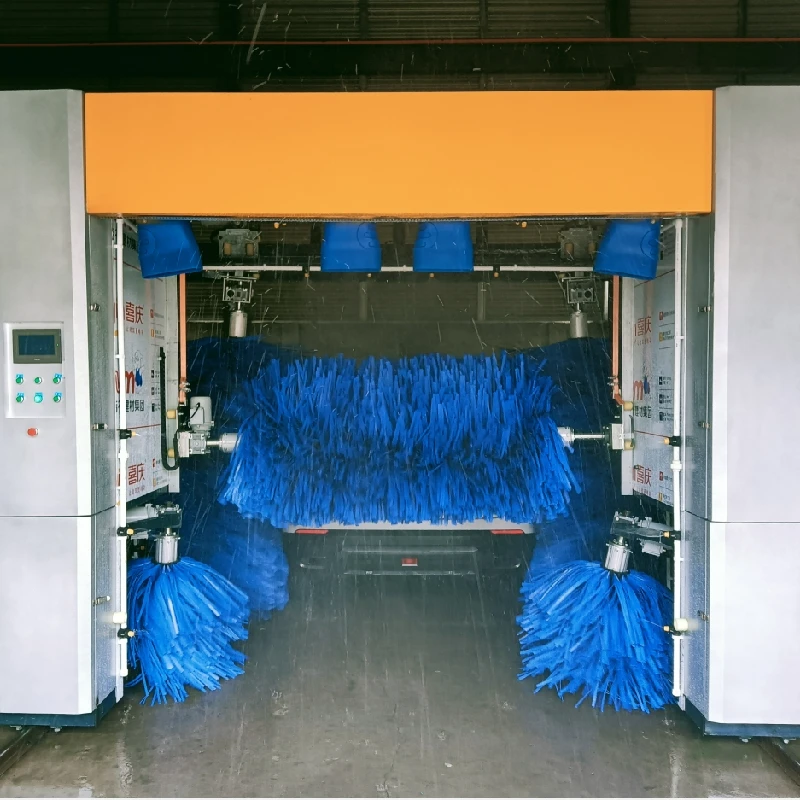2 月 . 13, 2025 10:29
Back to list
touchless tunnel
In the realm of technological evolution, the concept of the touchless tunnel emerges as a beacon of innovation, seamlessly integrating advanced automation with everyday use. These are not mere passageways; they redefine how individuals and businesses interact with transit systems, retail environments, and sanitation processes.
Trustworthiness is a cornerstone in the adoption of new technologies, especially those interacting directly with the public. Touchless tunnels are built with privacy and security at their core. The data collected during passage—whether for identification, analytics, or personalization—is meticulously protected by encryption and data management protocols adhering to global privacy standards such as GDPR and CCPA. Transparency in how user information is handled is essential, fostering a trust-building dialogue between tech developers and consumers. For businesses, integrating touchless tunnels can mean redefining customer journeys. Retailers and service providers see a distinct advantage in offering a non-invasive, seamless experience that resonates well with the post-pandemic shift toward contactless interactions. These tunnels can be tailored to provide dynamic advertisements or information targeted at individuals without compromising their personal space or data. From a practical installation perspective, implementing touchless tunnel systems involves minimal disruption to existing infrastructures. They are designed to retrofit smoothly into any venue, be it a bustling shopping mall or a healthcare facility. This adaptability ensures that businesses can enhance their customer experience without undergoing extensive renovations or facing significant downtime. In conclusion, the touchless tunnel is not merely a product; it is a paradigm shift towards smarter, safer, and more responsive environments. It embodies the convergence of convenience, hygiene, and cutting-edge technology. As businesses and governments alike prioritize contactless solutions, the touchless tunnel stands out as a versatile and trustworthy component—not just meeting but anticipating the needs of modern society. It is a testament to human ingenuity's power to transform challenges into opportunities, making life more seamless and secure for everyone involved.


Trustworthiness is a cornerstone in the adoption of new technologies, especially those interacting directly with the public. Touchless tunnels are built with privacy and security at their core. The data collected during passage—whether for identification, analytics, or personalization—is meticulously protected by encryption and data management protocols adhering to global privacy standards such as GDPR and CCPA. Transparency in how user information is handled is essential, fostering a trust-building dialogue between tech developers and consumers. For businesses, integrating touchless tunnels can mean redefining customer journeys. Retailers and service providers see a distinct advantage in offering a non-invasive, seamless experience that resonates well with the post-pandemic shift toward contactless interactions. These tunnels can be tailored to provide dynamic advertisements or information targeted at individuals without compromising their personal space or data. From a practical installation perspective, implementing touchless tunnel systems involves minimal disruption to existing infrastructures. They are designed to retrofit smoothly into any venue, be it a bustling shopping mall or a healthcare facility. This adaptability ensures that businesses can enhance their customer experience without undergoing extensive renovations or facing significant downtime. In conclusion, the touchless tunnel is not merely a product; it is a paradigm shift towards smarter, safer, and more responsive environments. It embodies the convergence of convenience, hygiene, and cutting-edge technology. As businesses and governments alike prioritize contactless solutions, the touchless tunnel stands out as a versatile and trustworthy component—not just meeting but anticipating the needs of modern society. It is a testament to human ingenuity's power to transform challenges into opportunities, making life more seamless and secure for everyone involved.
Prev:
Next:
Related PRODUCTS




